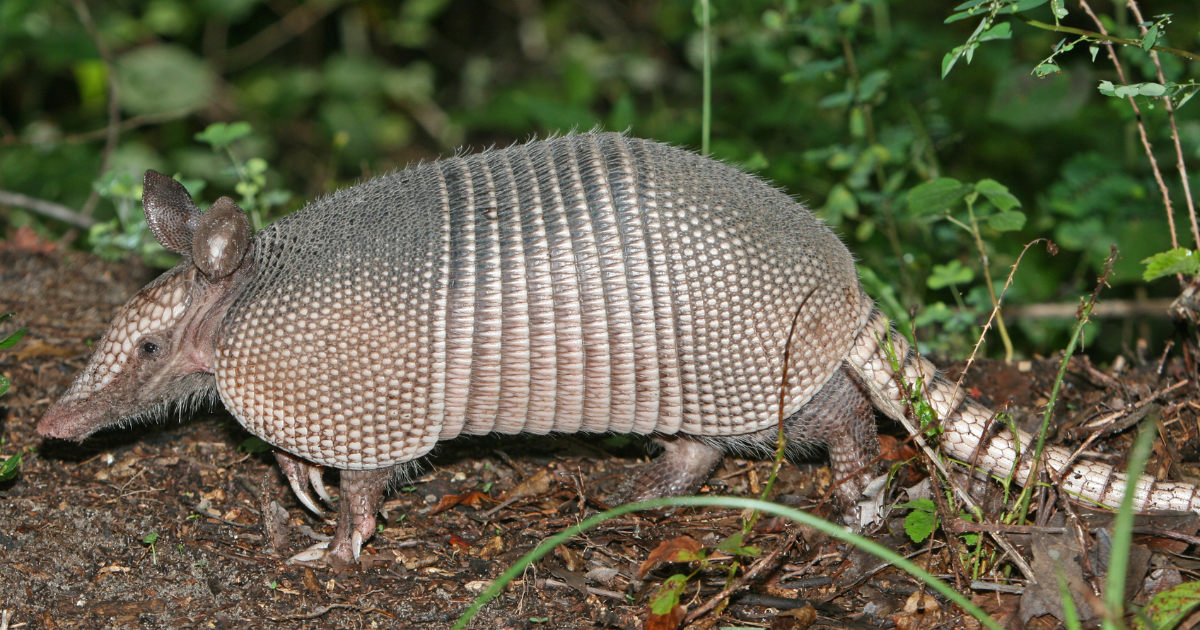Introduction
Armadillos are some of the most fascinating creatures in the animal kingdom, often described as nature’s living tanks due to their unique armor. These small, burrowing mammals belong to the order Cingulata and are native to the Americas. Their tough, bony shells serve as natural shields, protecting them from predators and environmental hazards. But how exactly does this biological armor work? In this article, we will explore the anatomy, evolution, and function of armadillo armor, as well as how it influences their behavior and survival strategies.
The Anatomy of an Armadillo’s Armor
Armadillo armor is composed of bony plates, known as osteoderms, which develop in the skin. These plates are covered by a tough, keratinous outer layer, similar to human fingernails. The armor is segmented into bands, allowing flexibility while still providing robust protection. The number of bands varies among species, which has led to classification names like the three-banded armadillo and the nine-banded armadillo.
The armor covers most of the body, including the back, head, and sides, but leaves the underbelly unprotected. This means that while armadillos have excellent defense mechanisms, they must still rely on speed, burrowing, and curling into a ball to protect their vulnerable parts.
Evolutionary Adaptations of Armadillo Armor
Armadillos have evolved their armored protection over millions of years. Fossil evidence suggests that their ancient ancestors, such as the glyptodonts, had even more formidable armor. These prehistoric relatives were enormous, with some growing as large as a small car, and their shells were nearly impenetrable.
Over time, modern armadillos developed lighter, more flexible armor to enhance mobility while still maintaining protection. This evolutionary trade-off allows them to escape predators more effectively while navigating different environments, from dense forests to open grasslands.
How the Armor Protects Armadillos
The primary function of an armadillo’s armor is to act as a defensive shield against predators. When threatened, armadillos employ several survival tactics:
- Curling into a Ball – Some species, like the three-banded armadillo, can roll up completely, enclosing themselves in a nearly impenetrable sphere. This tactic prevents predators from accessing their soft underbelly.
- Running and Burrowing – Nine-banded armadillos, which cannot curl into a ball, rely on their speed and digging ability to escape danger. Their armor protects them from attacks while they dig a quick escape hole.
- Deflecting Attacks – The bony plates absorb impacts, reducing damage from bites, scratches, or even minor attacks from claws.
- Camouflage and Blending – While not an active defense, their dull, earthy-colored armor helps them blend into their surroundings, making it harder for predators to spot them.
The Strength of Armadillo Armor
Studies have shown that armadillo armor is remarkably strong for its size. The osteoderms are made of dense bone tissue reinforced with collagen fibers, providing both rigidity and shock absorption. While not completely bulletproof, as some myths suggest, armadillo shells can withstand significant pressure and minor impacts, such as small animal bites and scratches.
Researchers have analyzed the structure of armadillo armor to inspire advancements in body armor and protective gear for humans. By studying the molecular composition and design, scientists aim to develop materials that mimic armadillo armor’s balance of strength and flexibility.
Variations in Armadillo Armor Across Species
Different species of armadillos have evolved variations in their armor to adapt to their specific habitats and lifestyles. Some key differences include:
- Three-Banded Armadillo (Tolypeutes) – The only species capable of rolling into a complete ball.
- Nine-Banded Armadillo (Dasypus novemcinctus) – The most common species in North America, known for its ability to jump when startled.
- Pink Fairy Armadillo (Chlamyphorus truncatus) – The smallest armadillo species, with a softer, more flexible shell that helps it move easily through sandy soils.
- Giant Armadillo (Priodontes maximus) – The largest species, with long, thick claws for digging and slightly reduced armor compared to smaller species.
The Role of Armadillo Armor in Survival and Behavior
Beyond defense, the armor plays a role in an armadillo’s daily activities:
- Foraging for Food – The armor protects them from thorny plants and insect bites while they dig for food.
- Social Interactions – Some armadillos engage in dominance behaviors where their shells serve as both protection and display.
- Adapting to Harsh Environments – The armor provides partial insulation against temperature extremes, though armadillos remain highly sensitive to cold weather.
Threats and Conservation
Despite their protective armor, armadillos face several threats, including habitat destruction, hunting, and road accidents. Their natural defenses are not effective against modern dangers like deforestation and vehicle collisions. Conservation efforts focus on protecting armadillo habitats and raising awareness about their ecological role in controlling insect populations.
Conclusion
Armadillos are truly remarkable creatures, equipped with natural armor that allows them to survive in a world full of predators. Their bony plates, evolutionary adaptations, and defensive strategies make them one of nature’s best examples of biological engineering. While their armor is not invincible, it provides a critical advantage that has allowed these unique mammals to thrive for millions of years. Studying their armor not only helps us understand evolution and animal defense mechanisms but also inspires innovations in human protective gear. As we continue to explore the wonders of the natural world, the armadillo remains a fascinating symbol of resilience and adaptation.


Leave a Reply